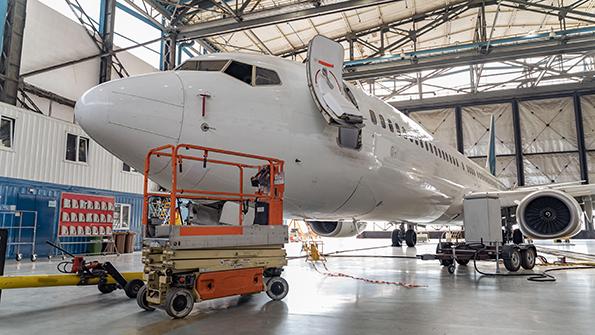Opinion: Safety Management Systems Are Not A Bolt-on Solution

The FAA-EASA conference revealed differing governmental views on SMS and its implementation.
Credit: Yaroslav Astakhov/Alamy stock photo
The 2024 FAA-European Union Aviation Safety Agency (EASA) International Safety Conference highlighted the aviation community’s preoccupation with safety management systems. The FAA expanded 14 CFR Part 5 and the EU/U.S. bilateral will add safety management system requirements to the special...
Opinion: Safety Management Systems Are Not A Bolt-on Solution is part of our Aviation Week & Space Technology - Inside MRO and AWIN subscriptions.
Subscribe now to read this content, plus receive full coverage of what's next in technology from the experts trusted by the commercial aircraft MRO community.
Already a subscriber to AWST or an AWIN customer? Log in with your existing email and password.




